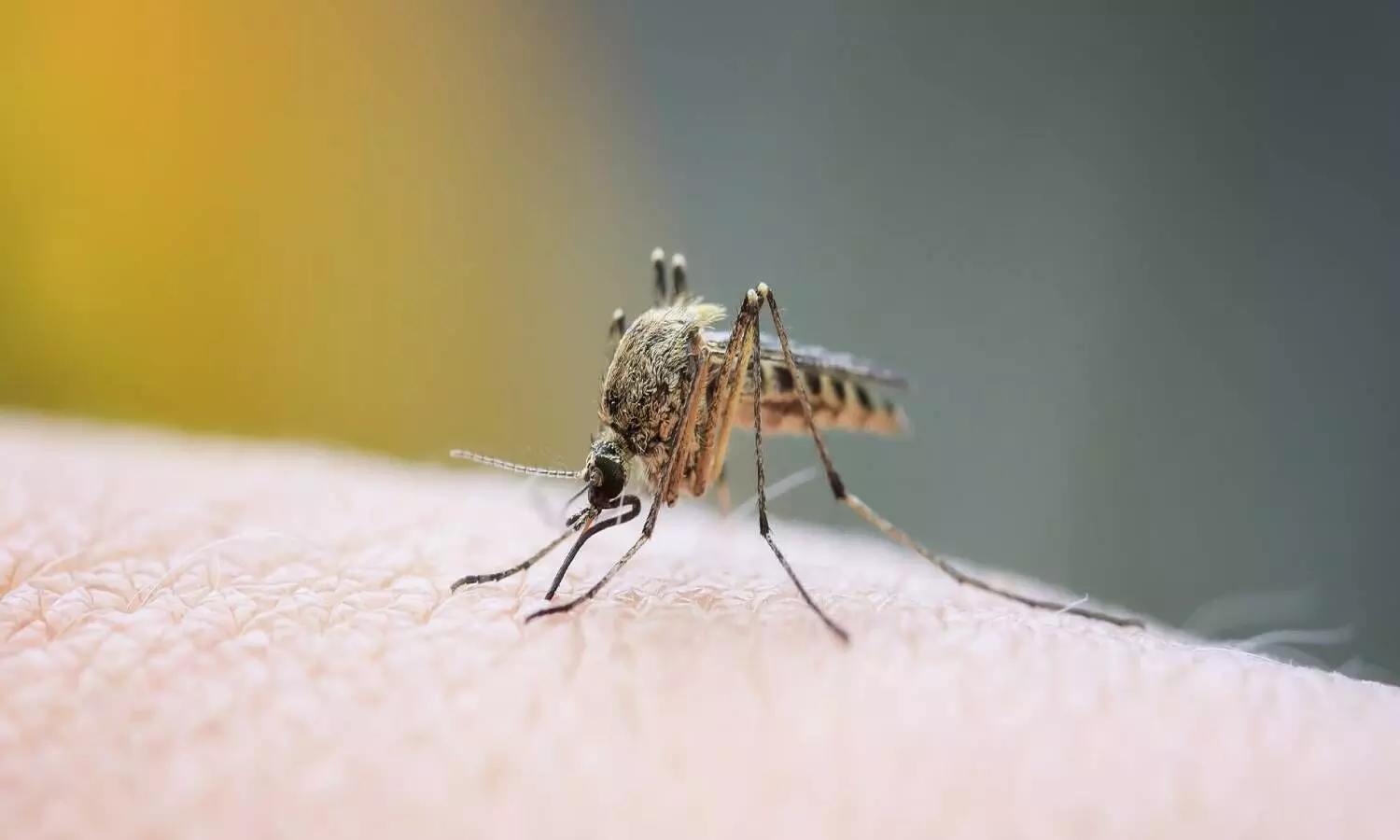Understanding India's vector-borne diseases, preventions
India, with its rising temperatures and longer transmission seasons, carries a heavy burden of vector-borne diseases, like malaria, chikungunya, and dengue.
By Newsmeter Network
Hyderabad: Tropical vector-borne diseases pose a unique challenge to planetary health. Approximately 80% of the world population remains vulnerable to one or more vector-borne diseases. India, with its rising temperatures and longer transmission seasons, carries a heavy burden of vector-borne diseases, like malaria, chikungunya, and dengue. Experts say that there is a need to raise awareness about the diseases and the precautions.
Vectors are insects or rodents, ranging from rats, mosquitos, mites to ticks, and can transmit several tropical infections, like dengue, malaria, chikungunya, leptospirosis, and scrub typhus.
Vector-borne diseases in India
The arboviruses dengue and chikungunya's primary vector, Aedes aegypti mosquito, is found in abundance in India. The malarial vector Anopheles accounted for more than 10 million global cases of malaria in 2017, of which 63.38% were caused by the deadly malarial parasite Plasmodium falciparum. The Zika virus disease, currently emerging in India, is also transmitted by the Aedes group of mosquitos. The zoonotic life-threatening rickettsial scrub typhus, transmitted by chigger mites, accounts for 25.3% of all acute fevers in India.
Leptospirosis is another disease of significant magnitude in India. It is caused by rat vector-borne gram-negative bacteria that spread either through direct contact or contaminated water sources. Prolonged monsoons and flooding can amplify the transmission of leptospirosis in India and contribute to a huge public health burden.
According to Dr. Gifty Immanuel, MD, PhD, Tropical Medicine Physician, Bangalore, "Concurrent outbreaks with overlapping symptoms, significant mortality rates and increasing disease drivers all exacerbate the problem of vector-borne diseases in India. It represents a clinical conundrum. Few tropical diseases have effective vaccines.
Dr. Immanuel adds, "In the absence of immune-prophylaxis (vaccines), antimicrobials remain the mainstay for potentially fatal vector-borne diseases. Certain antibiotics are used as a therapeutic tool against susceptible vector-borne diseases. Tetracyclines have a long history of use and doxycycline could reduce mortality in scrub typhus if used early. It could also serve as an efficacious prophylactic and therapeutic agent in all forms of malaria and leptospirosis. Arboviral inhibitory properties are also being increasingly recognized in dengue and chikungunya."
Prevention methods
Antibiotic resistance at the global scale and disruption of the human microbiome is a looming crisis. Self-medication should be always avoided and initiatives like the use of insecticide-impregnated nets, protective clothing, bite avoidance, vector control, clearing waterlogged areas, and improving environmental hygiene are effective preventive measures, says Dr. Immanuel. The use of therapeutic options like doxycycline needs to be decided only by clinical judgement and public awareness and health education plays the most important role in disease prevention and control.